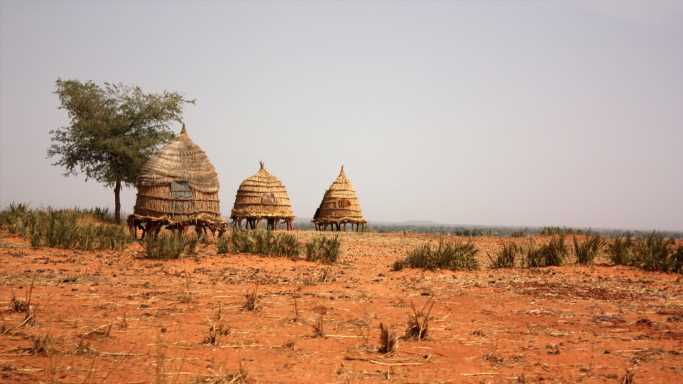The 27 Poorest Countries in the World
Over 700 million people, about one in every ten people on earth, survive on just $1.90 per day or less — the World Bank’s extreme poverty threshold.
This type of poverty tends to concentrate in certain areas with relatively low incomes. Gross national income, or GNI, is the sum of money earned by a country’s population and businesses within a given year. It includes income earned by corporations or persons based in a given country but operating outside of its borders. GNI is a useful measure for determining the overall income of a country. The measure helps indicate which countries are the richest and the poorest in the world.
To determine the poorest countries in the world, 24/7 Wall St. reviewed data on gross national income per capita for 193 countries and special regions with available data from the World Bank.
The nearly 7.8 billion people in the world earned $134.6 trillion in income in 2019, the most recent year for which there is data. This breaks down to a worldwide GNI per capita of $17,535. The U.S. ranks 10th in the world, with a GNI per capita of $66,060. On the other end, 27 countries have a GNI per capita of less than $3,000, including two countries that had an annual GNI of less than $1,000 per person.
Nearly all of the poorest countries in the world are located in Africa. The continent has long struggled with violent conflicts and political instability. Harvard University researchers Daron Acemoglu and James A. Robinson wrote in a paper on poverty in Africa that the continent struggles economically because “property rights are insecure and very inefficiently organized, markets do not function well, states are weak, and political systems do not provide public goods.” They added that these “dysfunctional dynamics were then further reinforced by colonialism” when other countries extracted resources from Africa.
Even though some of these African countries have enough natural resources like oil and gold to lift incomes, much of the wealth goes to a select few at the top of the political system, leaving large percentages of the population in poverty. These are the countries with the widest gaps between rich and poor.
Click here to see the world’s 27 poorest countries
To determine the poorest countries in the world, 24/7 Wall St. reviewed data on gross national income per capita for 193 countries and special regions with available data from the World Bank. The World Bank estimates GNI per capita using the purchasing power parity method, and figures are in current international dollars. All data on GNI per capita is based on the most recent available year for a given country.
Additional data on GDP in current U.S. dollars, population, life expectancy at birth, and access to electricity also came from the World Bank. All data is for the most recent year available for every country.
We also considered data on public sector corruption in 2020 from the nonprofit, international watchdog and anti-corruption group, Transparency International.
Sponsored: Tips for Investing
A financial advisor can help you understand the advantages and disadvantages of investment properties. Finding a qualified financial advisor doesn’t have to be hard. SmartAsset’s free tool matches you with up to three financial advisors who serve your area, and you can interview your advisor matches at no cost to decide which one is right for you. If you’re ready to find an advisor who can help you achieve your financial goals, get started now.
Investing in real estate can diversify your portfolio. But expanding your horizons may add additional costs. If you’re an investor looking to minimize expenses, consider checking out online brokerages. They often offer low investment fees, helping you maximize your profit.
Source: Read Full Article

